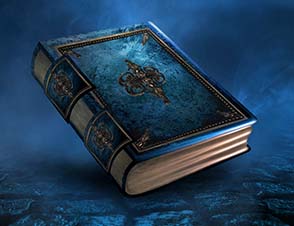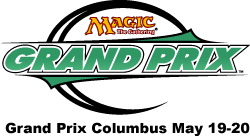Unlocking Legacy – Les Jeux Sont Faits
Fresh out of the 883-person event in Columbus, Doug Linn looks back on this weekend’s Grand Prix and sifts through the data for tech and commentary. Find out how useful the information from the GP will be and look at the apparent futility of testing Legacy. Trace the historical development of the Flash deck with insider information and see how many pros he name-checks! All this and more in what Doug promises is the last article about Flash he will write.


